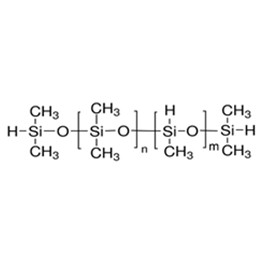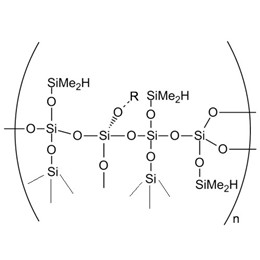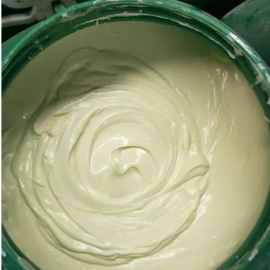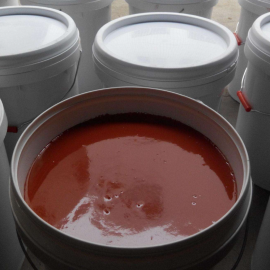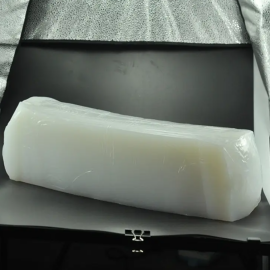In recent years, with the continuous progress of science and technology and the diversification of consumer demand, the liquid silicone rubber industry has developed rapidly. The application fields of liquid silicone rubber have been expanding, gradually expanding from the traditional adhesive sealing field to a variety of fields such as medical, electronics, automotive, consumer goods, and so on. Why does the market favor liquid silicone rubber?
Liquid silicone rubber has excellent chemical stability, high transparency, low viscosity, high-temperature resistance, and other characteristics. Its tear strength, elastic recovery, anti-yellowing properties, as well as thermal stability and long-lasting performance of high-temperature aging resistance are outstanding. In addition, liquid silicone also has good flexibility and elasticity, it can adapt to various shapes and curves, and fully meets the stringent standards of food grade.
The following five aspects of the application of liquid silicone rubber:
- What are the molding ways of LSR?
- What are the advantages of LSR?
- What is the difference between LSR and solid silicone?
- What are the applications of LSR?
- How can liquid silicone rubber perform better?
1. What are the molding ways of LSR?
Liquid silicone rubbers products are mainly divided into the following six molding methods:
(1) Molding
This production process is the most common. Mainly by the mold with the completion of the mold shape to determine the shape of the silicone product. Molded silicone products are usually through a high-temperature mold in the addition of a vulcanizing agent into the solid silicone raw materials through the vulcanizing machine to apply pressure, and high-temperature vulcanization into a solid molding, molded silicone hardness is usually in the 30 ° - 80 °.
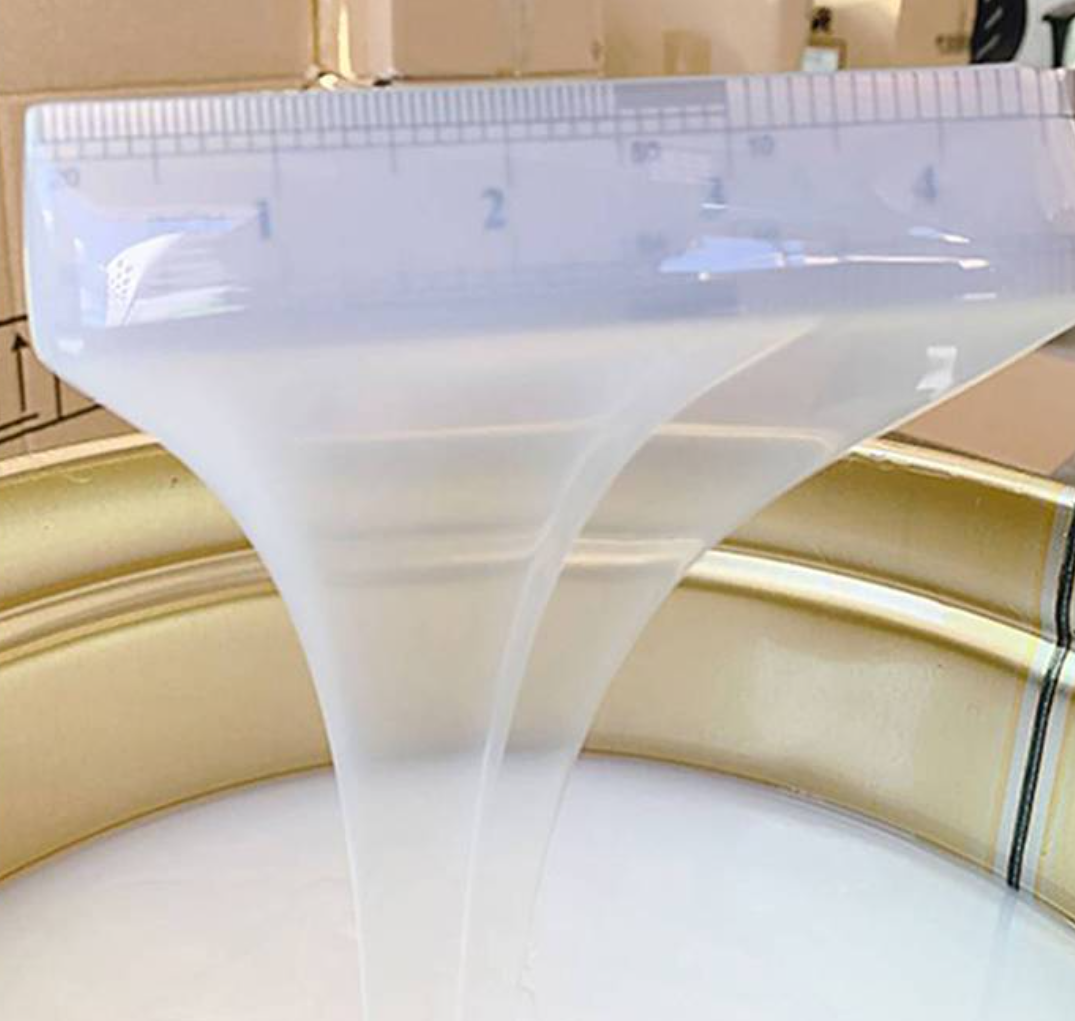
(2) Injection
The liquid injection molding process has higher quality requirements and is a combination of liquid silicone and plastic.
Its products show better thermal stability, cold resistance, and excellent electrical insulation properties, and combustion will not produce toxic substances.
Therefore, it has become an irreplaceable material in the production and design of health products, automobiles, baby products, medical products, diving products, kitchen utensils, and seals.
(3) Solid state injection
The advantage of this processing method is that the product can avoid a lot of bad appearances, as well as good control of the mold line, mainly for some customers to avoid some of the bad appearances of the mold and the bad quality of the product, but it also has a lot of disadvantages, such as the use of large amounts of glue, the cost of high, and processing complexity, must be added to the mold in the middle of the plate and need to manually lift the core, manpower is large, and the processing efficiency of the product is low, so this is one of the reasons why few silicone products manufacturers use this process.
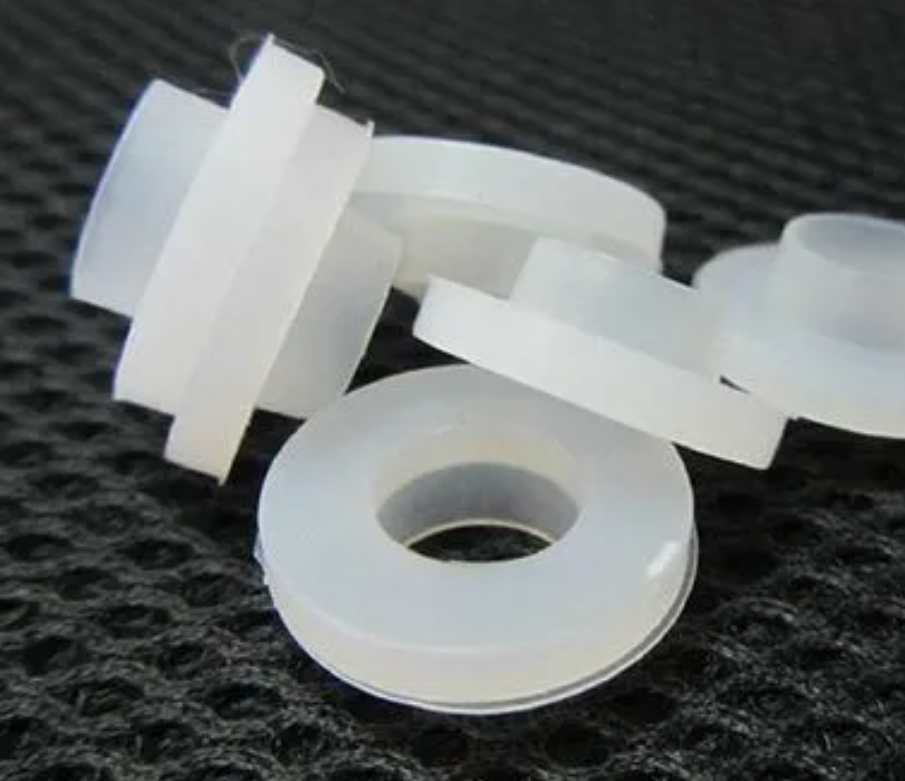
(4) Extrusion
In extrusion molding, extrusion silicone products are usually extruded through the extrusion machine molding, the general shape of extruded silicone is long, tubular, and can be arbitrarily cut, the shape of the product is relatively single, mostly for the strip. Silicone tube is widely used in the field of medical, and mechanical equipment.
(5) Calendering
The film made by calendering, its longitudinal and transverse physical and mechanical properties have obvious differences, this phenomenon for the calendering effect. Specifically, the film longitudinal tensile strength is greater than the transverse direction, the film transverse elongation is greater than the longitudinal direction, and the film longitudinal shrinkage is greater than the transverse direction.
The calendering effect is the rubber in the macromolecules and needle-like, flaky with the agent in the calendering process along the calendering direction orientation results. The size of the calendering effect is related to the composition of the rubber, calendering temperature, speed, speed ratio, and so on. It can be used for larger products, such as silicone sheets.
(6) Infusion
Filling mold or filling mold is used for relatively smooth or simple products, there is no mold line to save labor and time. It needs to use the product or model you want to copy, surrounded by a plastic plate or glass plate, pour vacuumed silica gel into the product on top of the silica gel to be dry and molded, and take out the product.
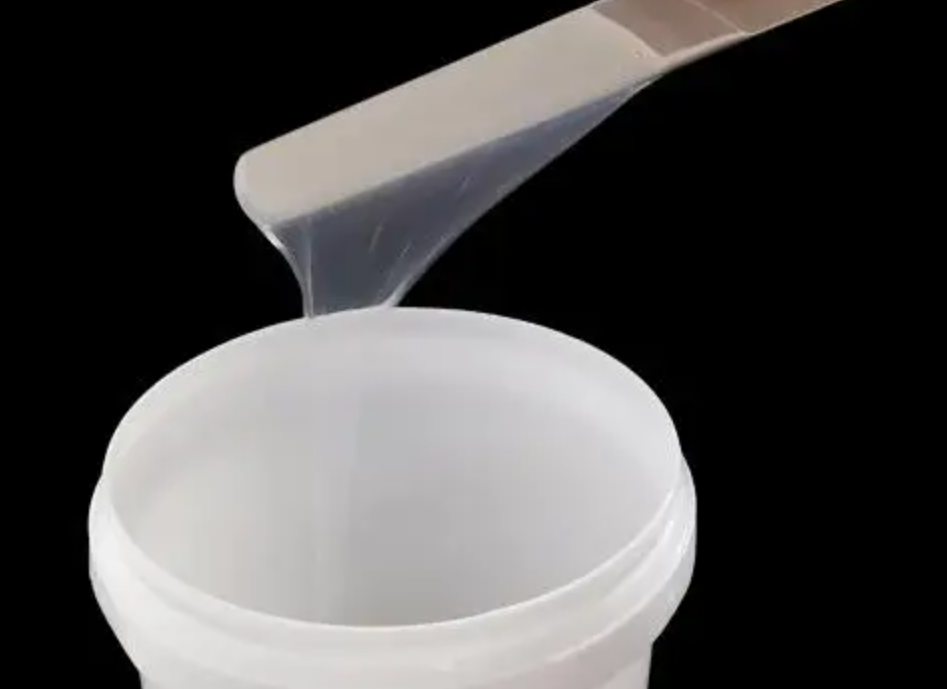
(Note: Infusion molds are generally used in the hardness of the softer silica gel to do the mold so that the release of the mold.)
(Note: The filling mold generally uses a soft hardness silicone to make the mold, so that the release of the mold is easier, and will not damage the silicone mold inside the product.)
(7) Coating
This way has many advantages, such as fast vulcanization; strong adhesion; good fluidity, and easy-to-remove foam; catalyzed by platinum complex; non-toxic; no odor; excellent thermal stability and cold resistance (use temperature -60 ° C ~ 200 ° C); after molding with good air permeability; heat resistance; and a certain tensile strength.
The product can be applied to the top of the cloth, there is an anti-aging effect. For example, silicone gloves, rain shoes, etc.
2. What are the advantages of LSR?
(1) Faster curing time, the overall production cycle can be shorter to enhance the yield.
(2) The production process can be automated.
(3) It is suitable for the production of complex parts due to good fluidity.
(4) Two-material molding process can be realized
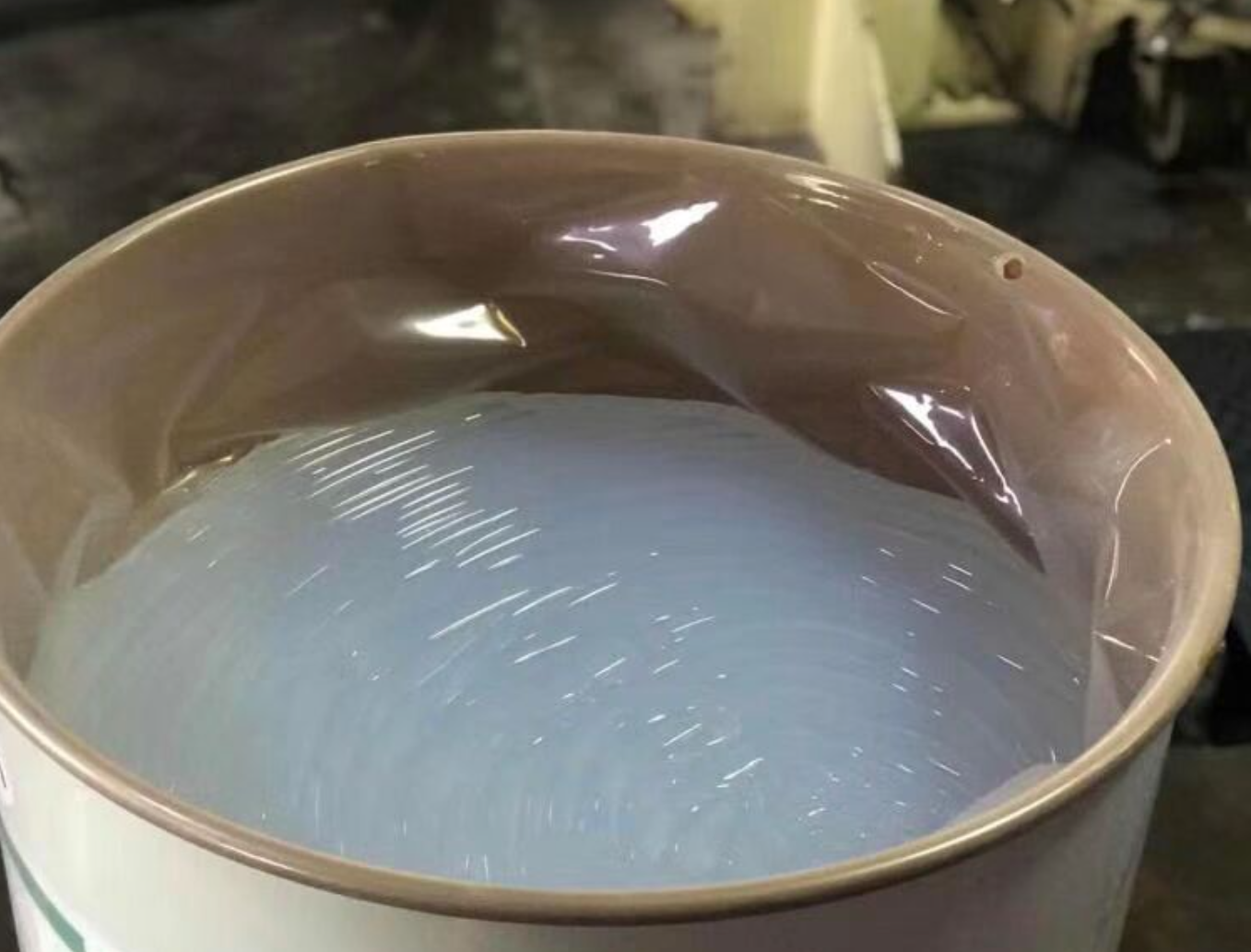
XJY-8207(S/M)Hydrogen MQ Resin can be used as a reinforcing filler for two-component additive adhesives, such as RTV adhesives, HTV adhesives, and liquid silicone rubber (LSR).

XJY-8206N Methyl Vinyl MQ Silicone Resin/Vinyl Dimethicone is a colorless and transparent liquid resin composed of vinyl MQ silicone resin and vinyl silicone oil, which can be used for liquid silicone rubber and other two-component additive adhesives.

XJY-711 Hydrogen Terminated Methylhydrogensiloxane Dimethylsiloxane Copolymer can be used as a special crosslinker for liquid silicone rubber LSR.

3. What is the difference between LSR and solid silicone?
Liquid silicone rubber is relative to solid high-temperature vulcanization of silicone rubber, with good fluidity and chemical resistance, is safer and more environmentally friendly, and can fully meet the requirements of food grade.
Solid silicone is a saturated polymer elastic material, with high-temperature resistance, cold resistance, solvent resistance, and other characteristics, and a wider range of applications.
(1) Appearance
a. As the name suggests liquid silicone rubber is liquid, with fluidity;
b. Solid silicone is solid, with no mobility.
(2) Safety
a. Liquid silicone rubber is highly transparent and safe food-grade material, molding does not add vulcanizing agent and other auxiliary materials, sealed casting molding;
b. Solid silicone is a transparent and environmentally friendly material, molding needs to add a vulcanizing agent vulcanization molding time, and open mold casting.
(3) Molding method
a. Liquid silicone rubber is injection molding liquid silicone rubber (LSR): the full name of the injection molding liquid silicone rubber.
Injection molding machine has a very simple process (no high-temperature rubber process of batching, refining, cutting, or material, such as artificial processes, only a worker to take the product), high product accuracy (molding before all the manual procedures are replaced by the machine), high yield (A/B rubber mixing at a certain temperature in a few seconds under the molding), save people, electricity, materials, and so on, a number of advantages, it can produce all the production of high-temperature rubber products.
b. Solid silicone rubber molding is a solid piece of raw material, through the mixing machine mixing, cutting machine cut into products and molds of the appropriate size and thickness, and then put into the mold, pressure molding machine under a certain temperature molding. Demolding and plastic products are almost the same, also need to clean up the mold and so on.
(4) Products
a. Liquid silicone products: high transparency, no odor, the product has a glue injection port.
B. Solid silicone products: low transparency, vulcanizing agent, or other masking vulcanizing agent flavor, the product has no injection port.
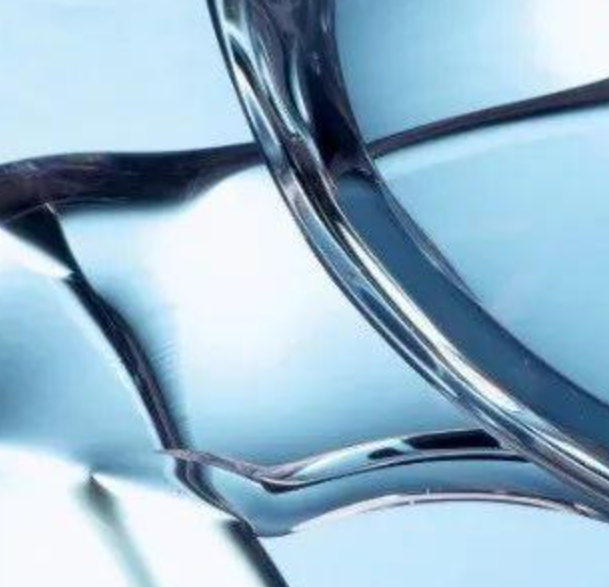
4. What are the applications of LSR?
(1) General series: mother and baby products, waterproof rings, adult products, sporting goods, and all kinds of silicone miscellaneous parts.
(2) Optical grade high transparency: lenses, trademarks, all kinds of high-transparency products applications.
Highly transparent series products have a wide range of hardness, suitable for all kinds of different applications. According to different product structures and mold designs, there are different high and low-viscosity product specifications.
Points to note for use
- It has a high demand for exhaust, so pay attention to the exhaust situation, the exhaust design of the mold is the most critical, lower mold temperature and lower injection speed will help the bubble problem.
- If a sticky mold occurs, it is recommended that the mold be coated, pay attention to the mold surface cleaning, mold cleaning frequency is higher than the general ordinary glue, and available dry ice machine to clean the mold surface.
- It needs to be thoroughly cleaned the machine before use, to avoid the original pipeline's residual raw materials affecting the transparency and appearance.
- It is recommended that the mold temperature does not exceed 135 ℃, mold temperature is too high may cause sticking or bubbles and other problems.
(3) Selective self-adhesive: Various types of adhesive application with different substrates, eliminating the traditional need to coat the substrate with a treatment agent.
(Bonding substrates: PC, PA6/66, PET, PBT, PA6T, PA9T, PPSU, PEEK, PEI, PCTG, glass, stainless steel, and more substrates)
(4) Low-temperature molding.
- With ABS, PCTG, PC/ABS, and other non-temperature-resistant plastic substrate over-molding applications, the temperature is too high will lead to material deformation.
- Overmolding application with anodized aluminum alloy substrate, too high temperature will lead to dye discoloration.
- For over-molding with electronic components, high temperatures may cause damage to the electronic components.
- For plastic over-molding applications that require high dimensional accuracy and flatness, the higher the temperature, the greater the thermal expansion factor of plastic deformation.
The molding temperature is recommended 80 ℃ -100 ℃, should not be too high or too low. Room temperature 25 ℃ can be operated for 4 hours, and 5 ℃ can be operated for 24 hours. If injection molding is used, it is recommended that cold water be passed through the machine to extend the operating time.
(5) Biocompatible Series
Compliant with the ISO10993 biocompatibility test, can be used for medical devices or products with biocompatibility requirements.
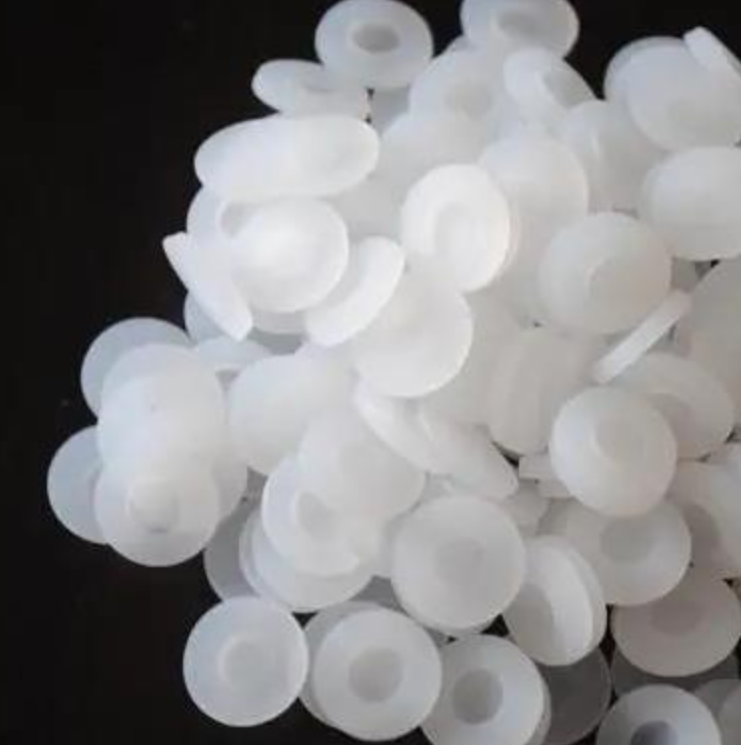
(6) Other special functional specifications
According to customer's needs, we can provide customized products such as antimicrobial, antistatic, color matching and dyeing, fast/slow curing speed, and so on.
5. How can liquid silicone rubber perform better?
LSR materials maintain their elasticity and physical properties over a wide temperature broad range (-60°C to +250°C) and can withstand extreme environmental conditions and elevated temperatures, it can form durable elastomers. Its high resistivity and low dielectric constant make it an ideal insulating material for the electrical and electronic industry. It is non-toxic, odorless, and less likely to cause allergic reactions, and is widely used in medical applications such as medical catheters and artificial devices. These advantages make liquid silicone rubber widely used in industrial, medical, and consumer electronics. How to improve the competitiveness of products?
XJY Silicones is one of the leading silicone MQ resin and VMQ silicone manufacturers in China, with more than 30 years of R&D and manufacturing experience in the silicone industry as well as more than 15 related patents and technical support. Our silicone raw material products can meet the needs of the LSR field and support to provision of diversified customized solutions.

